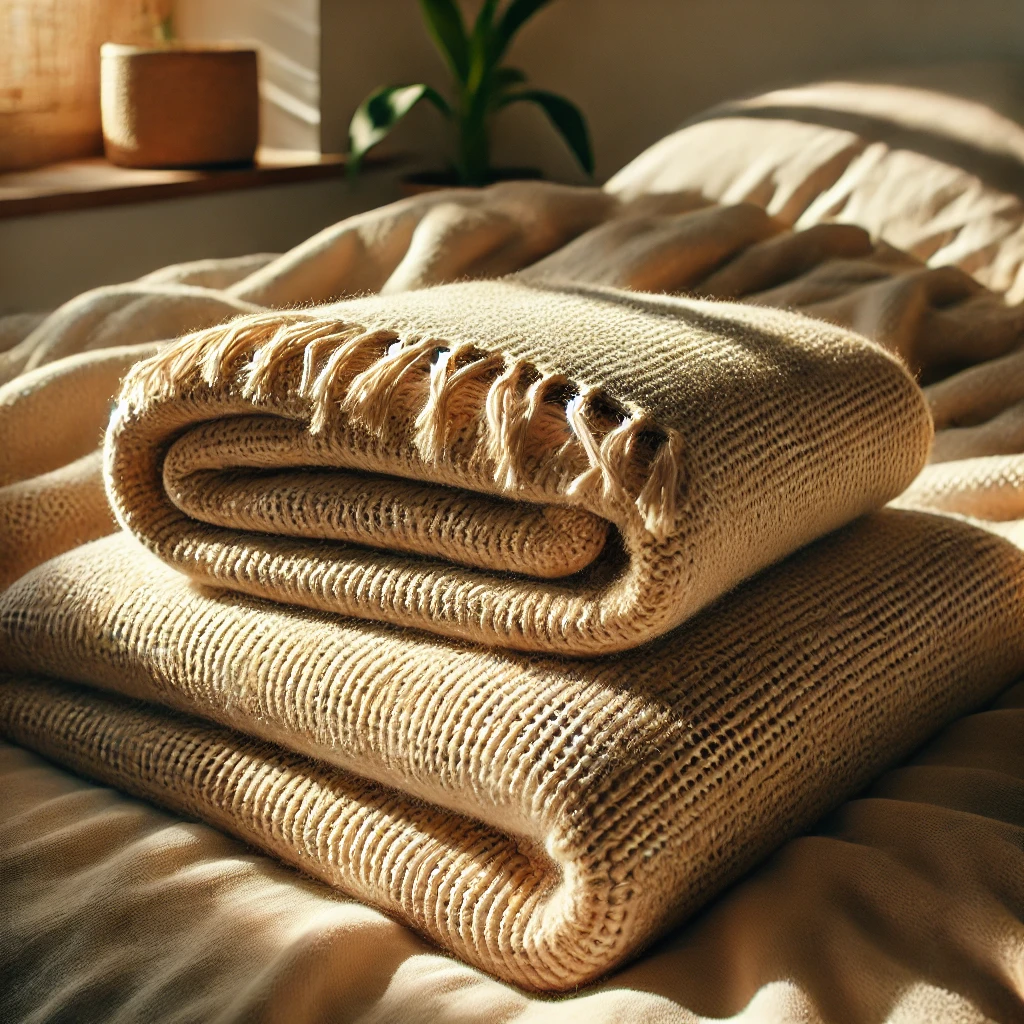Creating a cozy and environmentally conscious bedroom is easier than ever. With the growing awareness of climate change and the importance of sustainable living, many people are rethinking their choices, including their bedding solutions. By adopting sustainable bedding options, you can enjoy better sleep while contributing to a healthier planet.
Why Choose Sustainable Bedding?
Sustainable bedding is more than a trend; it’s a commitment to a lifestyle that respects nature. Here’s why it matters:
- Reduces Environmental Impact: Traditional bedding often relies on non-renewable resources and synthetic materials that harm the environment.
- Promotes Healthier Sleep: Organic and eco-friendly materials are free from harmful chemicals, ensuring a healthier sleeping environment.
- Supports Ethical Practices: Many sustainable options are made under fair labor conditions, ensuring ethical production.

Key Materials in Sustainable Bedding
Choosing the right materials is essential for sustainable bedding. Here are some popular eco-friendly options:
Organic Cotton
Organic cotton is grown without harmful pesticides or synthetic fertilizers. It’s soft, breathable, and gentle on the skin.
Bamboo
Bamboo bedding is prized for its silky texture and natural moisture-wicking properties. Bamboo grows quickly and requires minimal resources, making it an eco-friendly choice.

Hemp
Hemp is a durable and sustainable material that requires little water to grow. It’s hypoallergenic and perfect for those with sensitive skin.
Recycled Fabrics
Recycled polyester or blends that incorporate reclaimed materials help reduce waste and promote circularity in the textile industry.
Tips for Creating an Eco-Friendly Bedroom
Transforming your bedroom into an eco-friendly sanctuary goes beyond choosing sustainable bedding. Here’s how you can make a difference:
- Opt for Minimalism: Reduce clutter and invest in quality over quantity.
- Choose Natural Dyes: Look for bedding dyed with plant-based or low-impact dyes.
- Invest in Longevity: High-quality sustainable bedding lasts longer, reducing the need for frequent replacements.
- Recycle Old Bedding: Donate or recycle your old bedding to minimize waste.
- Incorporate Plants: Add indoor plants to enhance air quality and bring a natural touch to your room.
The Benefits of Sustainable Bedding
Improved Sleep Quality
Natural fibers like organic cotton and bamboo are breathable and regulate temperature, leading to more restful sleep.
Healthier Living Environment
By avoiding synthetic chemicals, sustainable bedding reduces the risk of allergies and skin irritation.
Environmental Conservation
Switching to sustainable options helps conserve water, reduce energy consumption, and minimize pollution.
How to Choose Sustainable Bedding
Selecting the right sustainable bedding can feel overwhelming, but these tips will help:
- Look for Certifications: Certifications like GOTS (Global Organic Textile Standard) or OEKO-TEX ensure eco-friendly and safe materials.
- Check the Source: Research where and how the materials are sourced.
- Prioritize Durability: Sustainable bedding should offer long-lasting comfort.
- Read Reviews: Customer reviews can provide insights into quality and performance.
- Consider Local Options: Supporting local artisans and manufacturers reduces the carbon footprint of shipping and supports small businesses.
DIY Ideas for Sustainable Bedding
If you’re feeling creative, try these DIY projects to embrace sustainable living:
- Upcycled Pillowcases: Transform old clothing into unique pillow covers.
- Natural Dye Projects: Use fruits, vegetables, or spices to dye your bedding naturally.
- Quilting: Repurpose fabric scraps into beautiful quilts.
- Patchwork Designs: Add patches to worn-out sheets for a colorful and extended life.
Caring for Your Sustainable Bedding
Proper care extends the life of your bedding and maintains its eco-friendly benefits:
- Wash Gently: Use cold water and eco-friendly detergents.
- Air Dry: Reduce energy consumption by air drying your bedding.
- Store Properly: Keep your bedding in a dry, cool place to prevent mold and damage.
- Repair When Needed: Mend small tears or loose seams to prolong usability.
The Future of Sustainable Bedding
As awareness grows, sustainable bedding continues to evolve. Innovations in materials and production techniques promise even greener solutions. By choosing these options, you’re supporting a future where comfort and sustainability coexist seamlessly.

